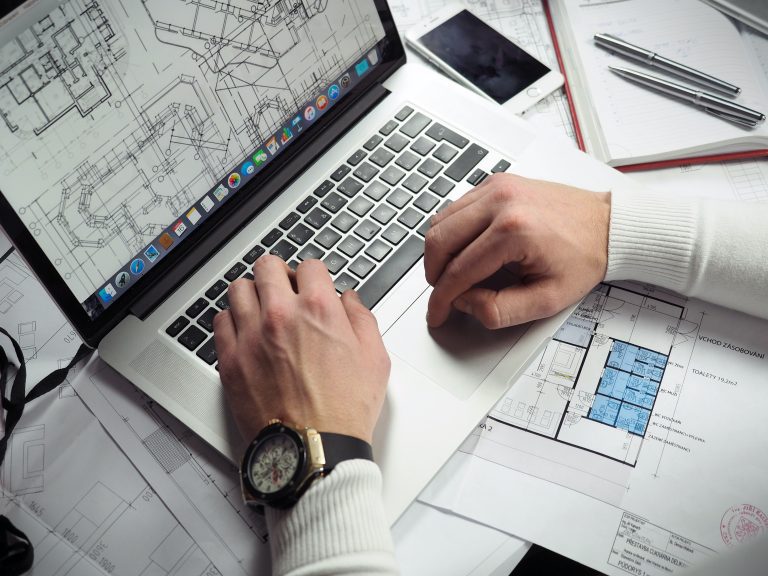Interior design refers to everything inside of a property which transforms it from a house into a home. It typically reflects the personal style preferences of the resident or residents and combines items of meaning and significance with aesthetic choices which are designed to optimize the way the space is used and presented.
In short, it encompasses everything from the color of the walls to the way that furnishings are layered into the space, the way that features are integrated into the overall design of the space, and the relationship between different accessories and details.
And in this blog, we’re going to be sharing just a few tips on how to upgrade the interior design flair of your home – bridging the gap between functional and aesthetically pleasing spaces, while highlighting some of the most innovative ideas to breathe life back into your home.
First up, what are the main things you need to focus on and consider when it comes to interior design?
Main considerations for interior designers
Any interior designer will tell you that the home you move into is just a blank canvas onto which your personality and lifestyle can be displayed. From the layout of the rooms to the features of the property itself, the way that you move around the home, and the placement of doors and windows, everything that makes up the basic structure of a property is there to be enhanced or optimized through design.
This is where it’s important to consider both balance and proportion in relation to your interior design – with many homeowners wrongly thinking that the sofa they loved in their old property will look just as good in a new home or setting, or that the layout they chose in an old bedroom will translate well into a new space.
Those who are attuned to the value of interior design will know that in order to maximize the space available, you must find ways of using it in the most space-efficient way possible. If, for example, you have a compact room that you want to furnish then rely on tall pieces which use height as well as width to maximize storage space. Meanwhile, if you’re furnishing an open-plan home then balance the large open space with small self-contained areas which are subtly bordered by rugs and by strategically placed furnishings. A corner sofa and a large rug can do wonders for making even the largest of living rooms feel cozy and intimate.
Another consideration to make when it comes to interior design is color – and how selecting the right color palette for your home depends on the setting and the environment you want to create. A large space for example can be brought to life through a pop of colour, while smaller rooms are best suited to neutral colour palettes which make them feel lighter and brighter.
Interior design tips from TN Design & Build
As a design and construction company, we sit somewhere between the creatives and the doers and have both expertise and experience in dreaming up and bringing to life the visions of our clients – domestic and commercial.
The following pieces of advice can all be used in a new build design or existing property to maximize the way you use interior design to your advantage – and make the space feel more inviting, stylish, and personal to you.
· If you’re worried about using too much color in a specific room or setting, keep the basic structure of the room neutral and inject color through soft furnishings and accessories. Not only are these easy to change when your preferences and interior trends shift, but they are also much less invasive than an entire wall.
· If you want to explore feature walls, consider wallpaper as an alternative to a single bold color. Feature walls are in, both in bedrooms and in large open plan living spaces and even home offices – but that doesn’t mean you need to choose a single colour and run with it. Instead, why not try a patterned wallpaper with hints of colour that you can then spotlight and accentuate throughout surrounding accessories.
· Inject life into a modern and neutral space through texture. This could be in the form of textured wallpaper, soft furnishings, or other accessories – but when in doubt, use texture to depict a modern but lively space.
· Bridge your inside and outside spaces with cohesive design features. Inside-outside living is particularly popular in the summer months and is an excellent way to maximise the way you use your space while making the inside of the home feel lighter and brighter. Consider furnishings which can be used inside and outside and use the same colour schemes across both settings.
· Light is crucial, and you can never have enough of it. Make sure that natural light sources are framed with the right curtains or blind options, and that your room is enhanced with a range of artificial light sources to compliment and suit all occasions. For example, a ceiling light is always a must-have in any room you use regularly, while candles and table lamps add to the sense of intimacy and romance in set spaces.
All of these tips and more are ones that we regularly use when working with clients, pairing them with the subtle but effective interior design trends and concepts which can really make a space work for them. You can read all about the projects we’ve worked on in the past on our blog and through our online case studies, or why not get in touch directly to find out how we could help you to bridge interior design with the creation of a new and upgraded space in your home.







